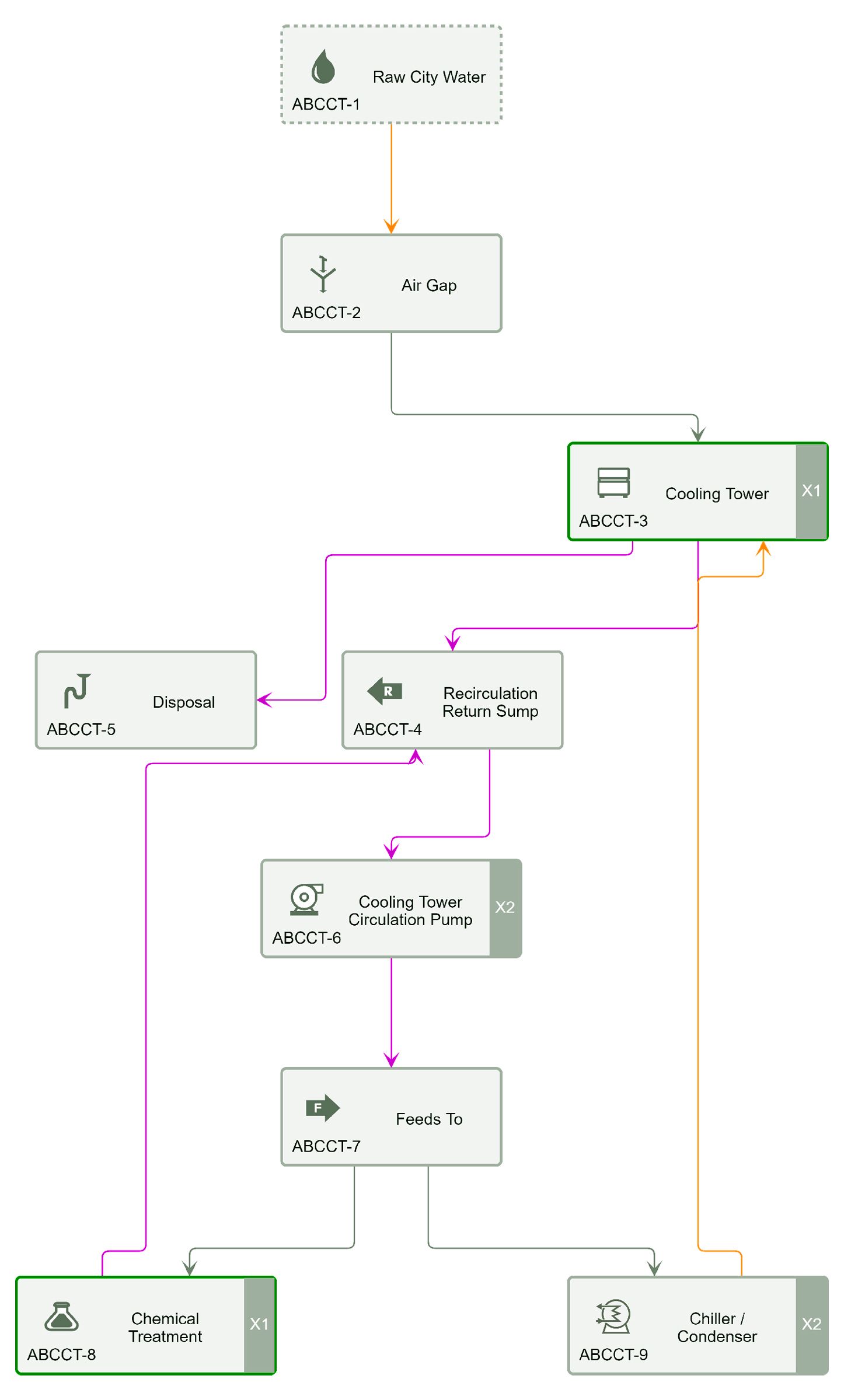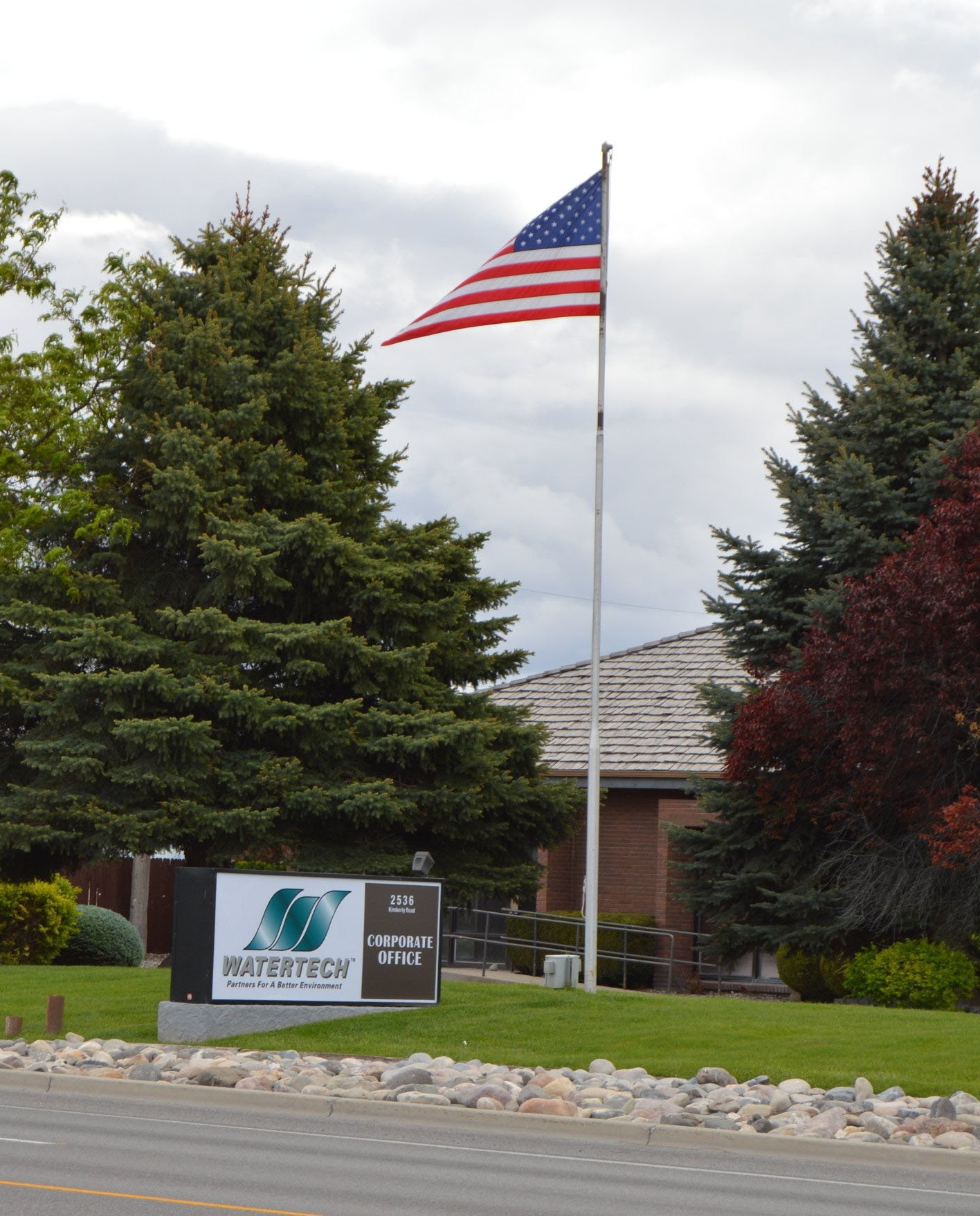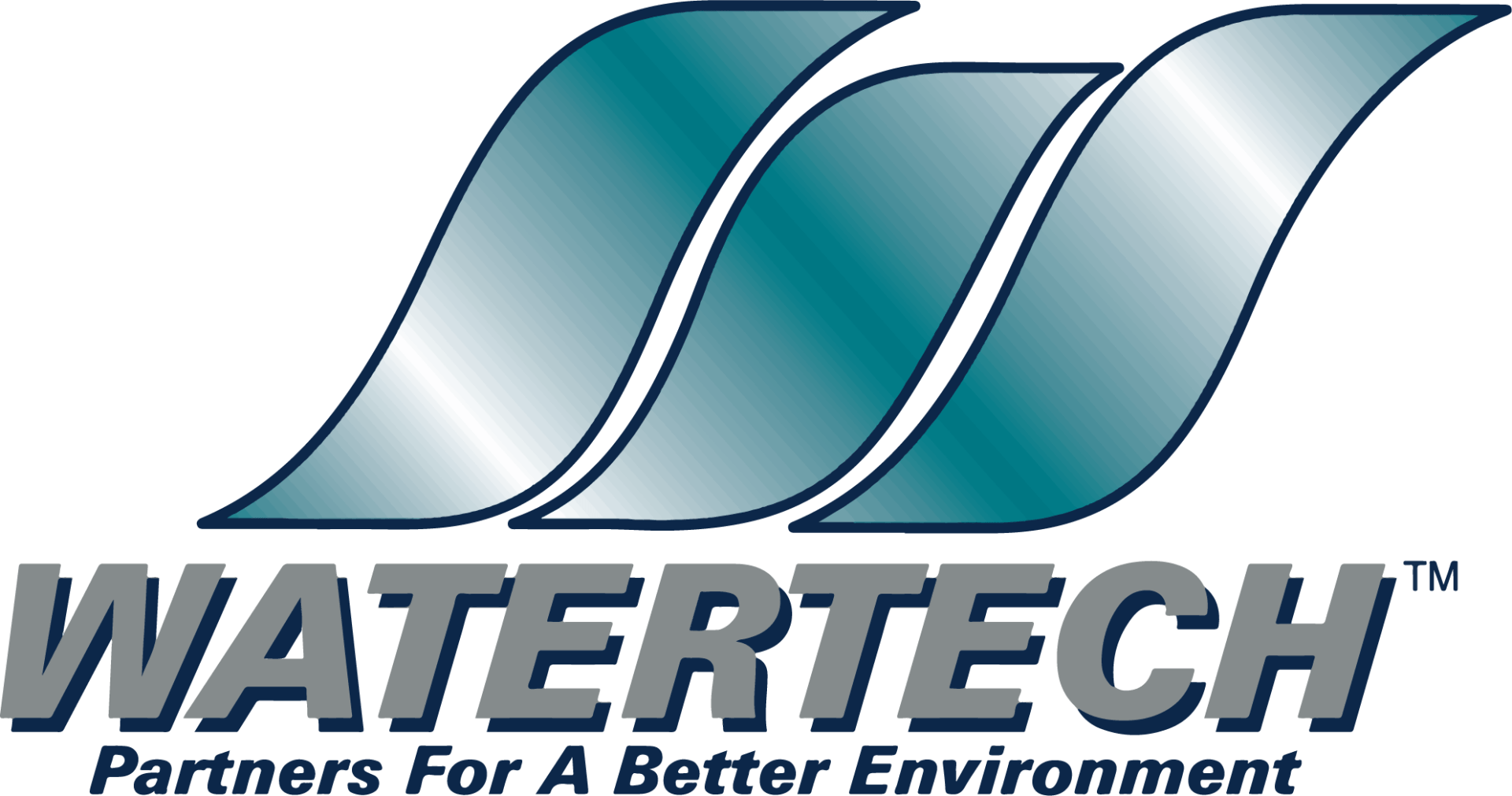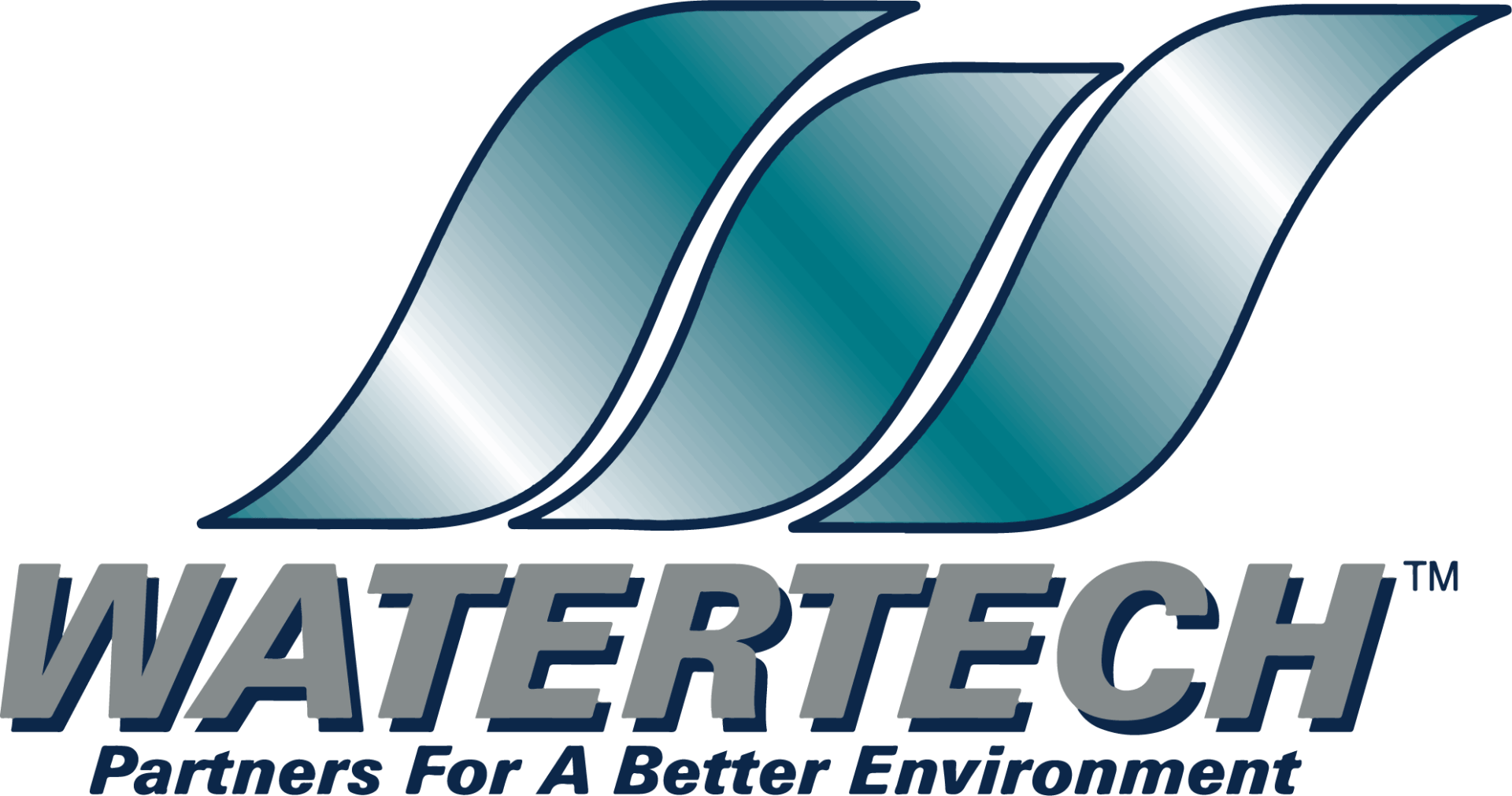
April 2025

Water Safety
Management

Keeping your building running smoothly and efficiently requires relying on water more than you might expect.
Water plays a vital role in the operation of your building from providing drinking water to cooling important machinery. Due to the unique nature of your building, water can come with a variety of issues such as bacterial contamination, scaling and corrosion and many other issues.
Commercial facilities specifically can become havens for microorganisms and contaminants which can affect not only the efficiency of your building systems but also can threaten the safety and well-being of your building occupants and those that visit your facilities every day. State and Local governments, additionally, are continually implementing more progressively comprehensive regulations that mandate how water should be treated and managed in your buildings in order to keep the public safe. This is where the WATERSMARTRX Water Safety Management Plan (WSMP) can assist you in complying with the ever-changing government and local requirements. The purpose of a Water Safety Management Plan (WSMP) is to minimize risk for Legionella associated with your building and facility water systems.
LEGIONELLA COMPLIANCE SERVICES - WHY DOES IT MATTER?

Complying with all of the requirements for the control of Legionella is a vital aspect of managing water in your buildings. Legionella, the bacteria responsible for the disease Legionellosis, is a gram-negative bacterium that can infiltrate and then proliferate within potable water systems. This means that it is present in all building water systems. When left unchecked it will continue to grow in these systems and can lead to infection, disease, and outbreaks in your facilities. The aerosolizing effect of cooling towers, decorative fountains, showers, and other water distribution devices can potentially become entrained in water droplets that have the bacteria in them and can be carried away from the source water to infect those that have respiratory and other health related issues. The most common symptoms of Legionellosis are similar to Pontiac Fever. However, in severe cases, it can cause Legionnaires Disease that can create severe respiratory disease that can be fatal. As the owner and operator of commercial buildings and facilities, you are responsible for conforming to the required compliance measure to keep people that live and work in your facilities safe from the potential risks of Legionella bacteria and other water borne pathogens.
POTENTIAL FACILITIES WITH LEGIONELLA BACTERIA RISK
- COMMERICAL OFFICE BUILDINGS
- RESIDENTIAL BUILDINGS
- EDUCATIONAL FACILITIES AND CAMPUSES
- HEALTHCARE FACILITIES
- RETIREMENT HOMES & ASSISTED LIVING FACILITIES
- HEAVY AND LIGHT INDUSTRIAL FACILITIES AND PLANTS
All of the buildings and facilities noted above have the following systems that can present a risk for the spread of Legionellosis:
- Domestic Hot Water Systems
- Cooling Towers for HVAC and Industrial cooling systems
- Decorative Fountains, Water Features, Spas, and Whirlpools

WHAT STEPS ARE REQUIRED TO BECOME COMPLIANT?
The formula to become compliant with Legionella control requirements can vary from building to building and from location to location. Maintenance plans can vary from location to location depending on the specific attributes and requirements of each facility. The first step in becoming compliant is to implement a Water Safety Management Plan. This plan will address the following criteria:
- Prevention – Taking steps to reduce the risk of the bacteria in your facilities is critical. Implementing and maintaining a plan to reduce the risk of the bacteria that outlines specific steps to be taken is the first critical step.
- Risk Assessments – This valuable tool is a critical part of the Water Safety Management Plan that will identify areas in your facility that pose a risk to the control of Legionella. Once the assessment is made, then a plan can be implemented to control and reduce the risks outlined.
- Sampling & Testing – The only way to validate the effectiveness of the steps taken to reduce the risk is to sample and test the systems that are at risk. This will validate that the steps outlined in the plan are effective at reducing and controlling the risk of Legionellosis in your facilities.
- Water Management – Implementing water management requires that a Water Safety Management Plan be developed and followed. This will provide the results that are required to reduce the risk of Legionella bacteria in the facility and protect your employees, visitors, and the public in your buildings.
By working with a qualified water treatment company in the design and implementation of your Water Safety Management Plan, you can rest assured that your systems are conforming to the requirements set forth in the following guidelines:
- ANSI/ASHRAE Standard 188 Legionellosis: Risk Management for Building Water Systems.
- Centers for Disease Control 7 Prevention: Legionella Control Toolkit
- Centers for Medicare & Medicaid Services 2017-2018 Policy Memorandum
Take steps today to help protect your buildings and facilities with the WATERSMARTRX Water Safety Management Plan (WSMP).
Water for Food, Water for Industry, Water for Life
Call and discuss your water and waste water treatment needs with WATERTECH today. 1-800-367-3250

www.watertechinc.com
2536 Kimberly Road
Twin Falls, Idaho 83301
(800) 367-3250


